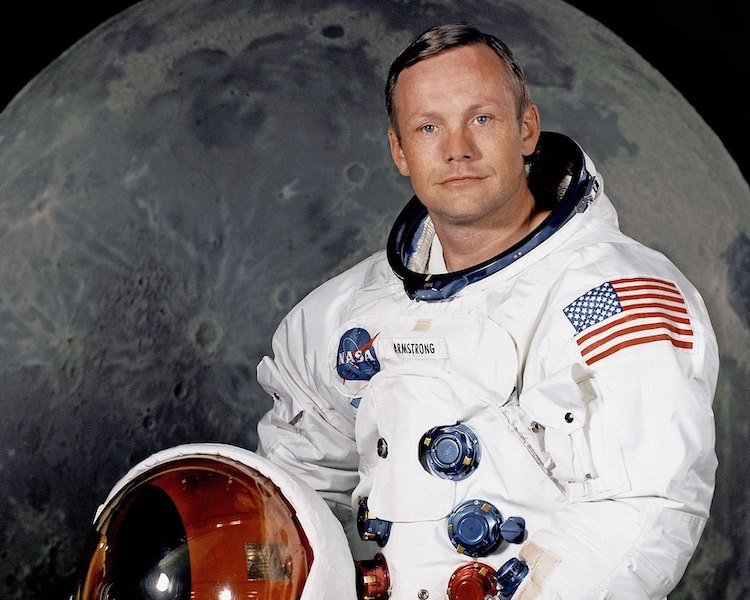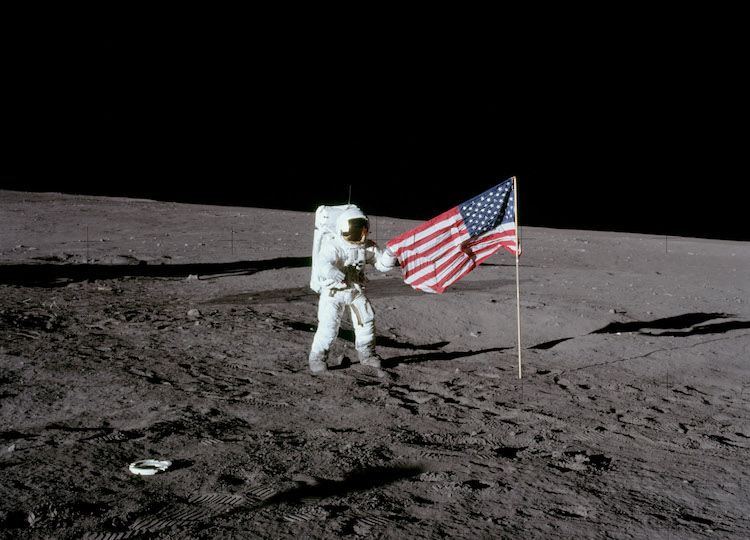Some Lesser-Known Facts About America’s First Moon Landing
The 1969 moon landing was not only one of the most iconic events in American history but its lasting impact can be felt throughout human history.
On July 20, 1969, three astronauts set out to engrave their names in the cosmos.
This is now a well-known story. Since we were children, we have been taught about the astronauts’ honor, glory, and respect. But how well do you know the moon landing?

Meet The Crew
Everyone has heard of Neil Armstrong. He was the first man to walk on the moon and he had one of the coolest taglines in history ready for the occasion. However, the crew included two additional members: Buzz Aldrin and Michael Collins.
Aldrin was the second man to set foot on the moon, following Armstrong. Collins, alas, had to stay inside the Apollo 11 lander to pilot it.
Today, Buzz Aldrin is the only surviving member of the original Apollo 11 crew and continues to make public appearances and statements in support of the advancement of space travel and exploration.
Quick Thinking
Astronauts must sometimes think quickly…really quickly. During the mission, Aldrin discovered this the hard way, but thanks to his quick wit, he saved the day.
The crew had few options for repair after a critical component of the ship’s control panel was damaged. Aldrin, thinking quickly and coolly, used a felt-tipped pen to make “improved” repairs to the control panel. Aldrin’s illustrious career as an engineer came in handy.

Neil Almost Died Before The Mission
Neil Armstrong nearly died while training on a model Lunar Lander more than a year before the historic space flight. The vehicle was designed to hover high above the ground while the pilot brought it in for a landing, simulating the skill required to land the Apollo lander on the moon’s surface.
However, on one particular day in 1968, the training lander began to leak propellant, resulting in a total flight failure. While over 200 feet in the air, he noticed something was wrong and was saved by the ejection seats as the training lander crashed and exploded below.
If Armstrong had ejected even half a second later, his shoot would not have had enough time to deploy, killing the future cosmic explorer.
Aldrin’s Holy Communion
Apparently, being in space made Aldrin feel closer to God. There isn’t much free time on a mission this technical. However, after mission control instructed the crew to pause before venturing outside, Aldrin took advantage of the opportunity to perform a Christian sacrament in space.

Landed Off-Course
Despite the crew’s rigorous training and exercises for “landing the eagle,” the lander almost didn’t make it all the way down. Armstrong practiced the landing with a variety of vehicles and simulations, but the lack of gravity, combined with no atmospheric pressure, made it more difficult than expected.
For starters, fuel was a major concern. There was just enough fuel for them to land and take off again to return home, with a smidgeon of a reserve just in case.
The thruster-assisted descent took 40 seconds longer than expected. This meant Aldrin had only 25 seconds of fuel left before he would have to abort the landing. The task of landing the Apollo on the moon’s surface was famously described by Armstrong as “trying to stop a downhill putt on a fast green.”
When the “eagle” touched down, both the cabin crew and mission control on Earth breathed a sigh of relief.
The TSA Is No Joke
After completing their mission successfully and collecting a plethora of samples, the crew returned the lander to their ship and set a course for home. Despite the fact that they were dealing with the vigorous maneuvering and intense G-forces of re-entering the Earth’s atmosphere, they still had to deal with airport security.
Yes, you read that correctly: the Apollo crew had to go through airport customs checkpoints upon arrival. The shuttle landed at Honolulu International Airport, and all moon rocks, debris, and other research samples had to be claimed by American customs.

